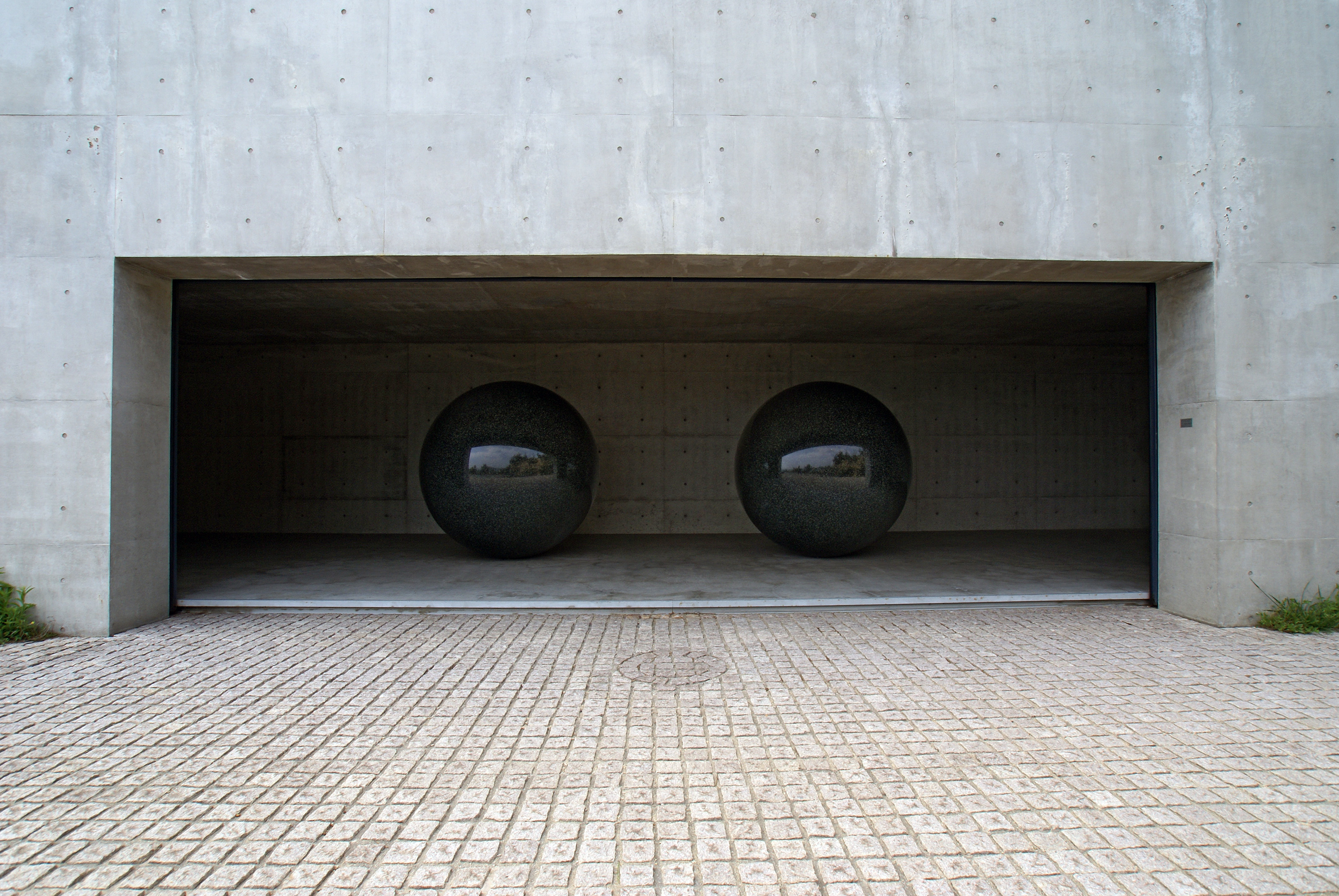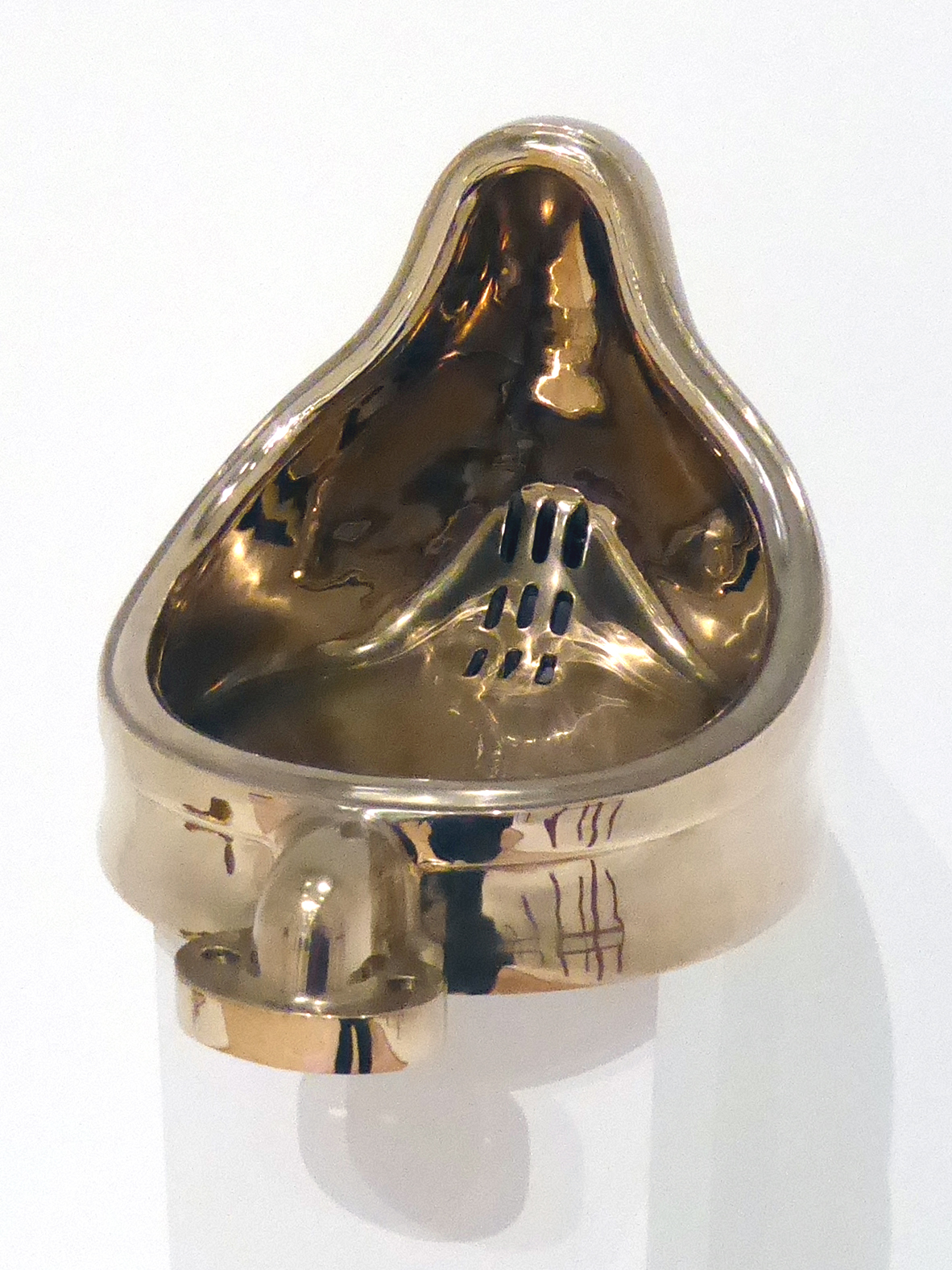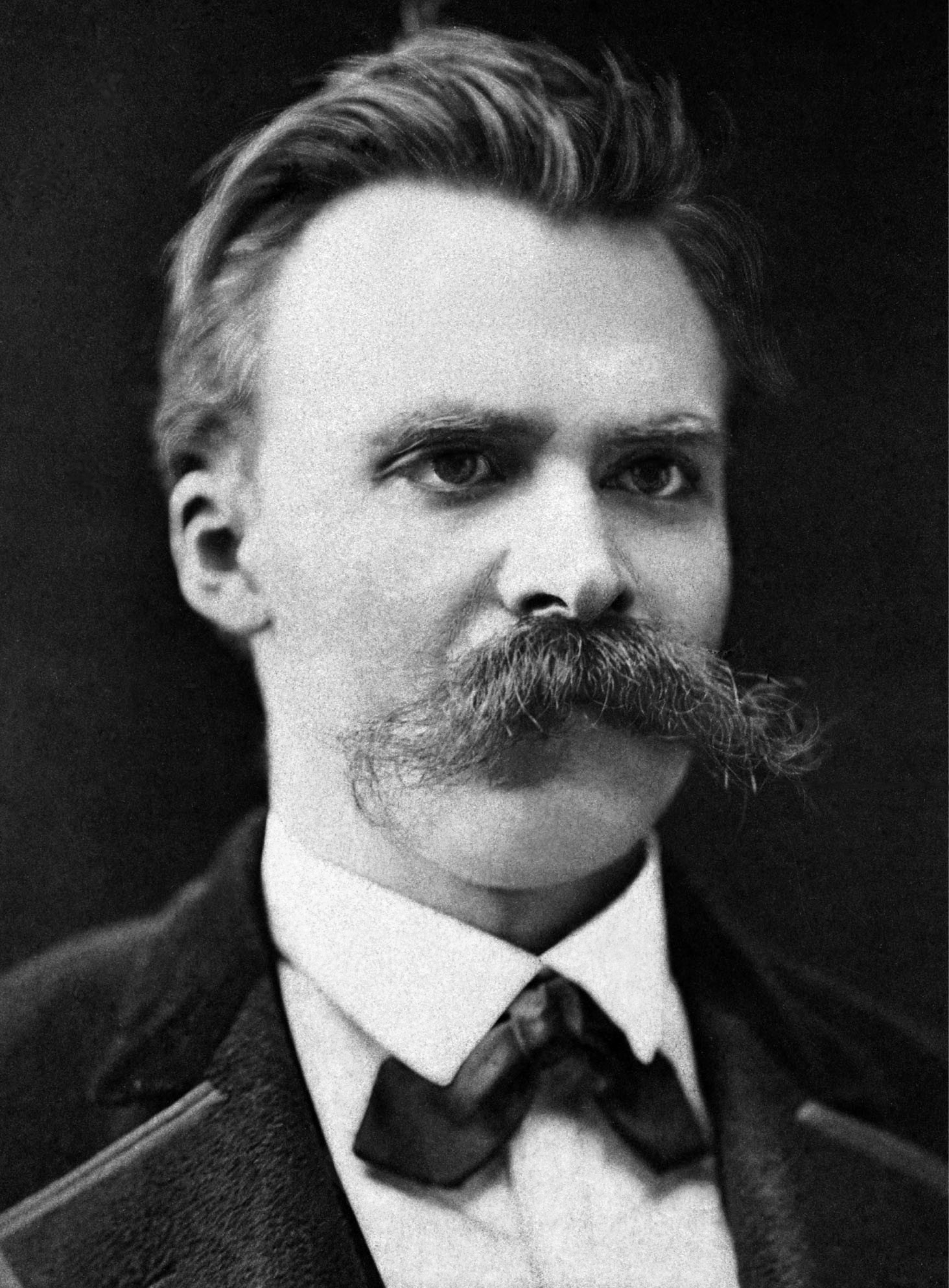|
Institutional Critique
In art, institutional critique is the systematic inquiry into the workings of art institutions, such as galleries and museums, and is most associated with the work of artists like Michael Asher (artist), Michael Asher, Marcel Broodthaers, Daniel Buren, Andrea Fraser, John Knight (artist), John Knight, Adrian Piper, Fred Wilson (artist), Fred Wilson, and Hans Haacke and the scholarship of Alexander Alberro, Benjamin H. D. Buchloh, Birgit Pelzer, and Anne Rorimer. Institutional critique takes the form of temporary or nontransferable approaches to painting and sculpture, architectural alterations and interventions, and performative gestures and language intended to disrupt the otherwise transparent operations of galleries and museums and the professionals who administer them. Examples would be Niele Toroni making imprints of a No. 50 brush at intervals directly onto gallery walls as opposed to applying the same mark to paper or canvas; Chris Burden's ''Exposing the Foundation of the ... [...More Info...] [...Related Items...] OR: [Wikipedia] [Google] [Baidu] |
Michael Asher (artist)
Michael Max Asher (July 15, 1943 – October 15, 2012) was an American conceptual artist, described by ''The New York Times'' as "among the patron saints of the Conceptual Art phylum known as Institutional Critique, an often esoteric dissection of the assumptions that govern how we perceive art." Rather than designing new art objects, Asher typically altered the existing environment, by repositioning or removing artworks, walls, facades, etc. Asher was also a highly regarded professor of art, who spent decades on the faculty at California Institute of the Arts. Cited by numerous successful artists as an important influence in their development, Asher's teaching has been described by British journalist Sarah Thornton as his "most influential" work.Sarah Thornton. ''Seven Days in the Art World'' New York: W.W. Norton, 2009. ) Early life and education Born in Los Angeles, California, Asher is the son of gallerist Betty Asher and Leonard Asher. While in high school, one of his cla ... [...More Info...] [...Related Items...] OR: [Wikipedia] [Google] [Baidu] |
White Cube Gallery
A white cube gallery is a gallery style that is square or rectangular shape, has unadorned white walls and a light source usually in the ceiling. It typically has hardwood or polished concrete floors. In the early twentieth century art became more abstract and groups such as the Bauhaus and de Stijl demanded their works were displayed on white walls; to them the background was integral to the picture, it was the frame. James Abbott McNeill Whistler's 1883 show at London's Fine Art Society has been cited as perhaps the first "white cube" show, the artworks being framed in white and hung against a white felt background. By 1976 the White Cube aesthetic was being criticised by Brian O'Doherty as a modernist obsession. In ''Inside the White Cube: The Ideology of the Gallery Space'', he argued that in an easel painting the frame was the window through which one saw the world, and that required a wall for context. When the frame is gone and the wall is white, in O'Doherty's view, pe ... [...More Info...] [...Related Items...] OR: [Wikipedia] [Google] [Baidu] |
Robert Smithson
Robert Smithson (January 2, 1938 – July 20, 1973) was an American artist known for sculpture and land art who often used drawing and photography in relation to the spatial arts. His work has been internationally exhibited in galleries and museums and is held in public collections. He was one of the founders of the land art movement whose best known work is the ''Spiral Jetty'' (1970). Early life and education Smithson was born in Passaic, New Jersey, and spent his childhood in Rutherford, New Jersey, Rutherford until he was nine. In Rutherford, the poet and physician William Carlos Williams was Smithson's pediatrician. When Smithson was nine, his family moved to the Allwood section of Clifton, New Jersey, Clifton. He studied painting and drawing in New York City at the Art Students League of New York from 1954 to 1956 and then briefly at the Brooklyn Museum Art School. Career Early work He primarily identified as a painter during this time, and his early exhibited artworks ... [...More Info...] [...Related Items...] OR: [Wikipedia] [Google] [Baidu] |
Walter De Maria
Walter Joseph De MariaRoberta Smith (July 26, 2013)Walter De Maria, Artist on Grand Scale, Dies at 77 ''New York Times''. (October 1, 1935July 25, 2013) was an American artist, sculptor, illustrator and composer, who lived and worked in New York City. Walter de Maria's artistic practice is connected with minimal art, conceptual art, and land art of the 1960s. LACMA director Michael Govan said, "I think he's one of the greatest artists of our time." Govan, who worked with De Maria for a number of years, found De Maria's work "singular, sublime and direct". Life and career De Maria was born in 1935 in Albany, California. His parents were the proprietors of a local restaurant in Albany and were socially very active, while their son was mostly concentrated on music. Walter De Maria's first academic interest was music—first piano, then percussion. He also took to sports and cars, of which he made drawings. By 1946 he had joined a musicians' union. De Maria studied history and ... [...More Info...] [...Related Items...] OR: [Wikipedia] [Google] [Baidu] |
Nancy Holt
Nancy Holt (April 5, 1938 – February 8, 2014) was an American artist most known for her public sculpture, installation art, concrete poetry, and land art. Throughout her career, Holt also produced works in other media, including film and photography. Since 2018, her legacy has been cared for by Holt/Smithson Foundation. Biography Nancy Holt was born in Worcester, Massachusetts, in 1938. An only child, she spent a great deal of her childhood in New Jersey,Van Wagner, Judy Collischan. ''Long Island Estate Gardens'' (Greenvale New York: Hillwood Art Gallery, May 22-June 21, 1985), 42. where her father worked as a chemical engineer and her mother was a homemaker.Randy Kennedy (February 12, 2014)Nancy Holt, Outdoor Artist, Dies at 75''New York Times''. She studied biology at Tufts University in Medford, Massachusetts. Nancy graduated in 1960 and went on a trip to Europe with her friends. Three years after graduating, she married fellow land art artist Robert Smithson in 1963. Holt b ... [...More Info...] [...Related Items...] OR: [Wikipedia] [Google] [Baidu] |
Michael Heizer
Michael Heizer (born 1944) is an American land artist specializing in large-scale and site-specific sculptures. Working largely outside the confines of the traditional art spaces of galleries and museums, Heizer has redefined sculpture in terms of size, mass, gesture, and process. A pioneer of 20th-century land art or Earthworks movement, he is widely recognized for sculptures and environmental structures made with earth-moving equipment, which he began creating in the American West in 1967. He currently lives and works in Hiko, Nevada,Michael Heizer National Gallery of Art, Washington, D.C. and |
Popular Culture
Popular culture (also called pop culture or mass culture) is generally recognized by members of a society as a set of cultural practice, practices, beliefs, artistic output (also known as popular art [cf. pop art] or mass art, sometimes contrasted with fine art) and cultural objects, objects that are dominant or prevalent in a society at a given point in time. Popular culture also encompasses the activities and feelings produced as a result of interaction with these dominant objects. The primary driving forces behind popular culture, especially when speaking of Western world, Western popular cultures, are the mass media, mass appeal, marketing and capitalism; and it is produced by what philosopher Theodor W. Adorno, Theodor Adorno refers to as the "culture industry". Heavily influenced in modern history, modern times by mass media, this collection of ideas permeates the everyday life, everyday lives of people in a given society. Therefore, popular culture has a way of influencing ... [...More Info...] [...Related Items...] OR: [Wikipedia] [Google] [Baidu] |
Appropriation Art
In art, appropriation is the use of pre-existing objects or images with little or no transformation applied to them. The use of appropriation has played a significant role in the history of the arts (literary, visual, musical and performing arts). In the visual arts, "to appropriate" means to properly adopt, borrow, recycle or sample aspects (or the entire form) of human-made visual culture. Notable in this respect are the readymades of Marcel Duchamp. Inherent in the understanding of appropriation is the concept that the new work recontextualizes whatever it borrows to create the new work. In most cases, the original "thing" remains accessible as the original, without change. Definition Appropriation, similar to found object art is "as an artistic strategy, the intentional borrowing, copying, and alteration of preexisting images, objects, and ideas". It has also been defined as "the taking over, into a work of art, of a real object or even an existing work of art." The Tate G ... [...More Info...] [...Related Items...] OR: [Wikipedia] [Google] [Baidu] |
Michel Foucault
Paul-Michel Foucault ( , ; ; 15 October 192625 June 1984) was a French History of ideas, historian of ideas and Philosophy, philosopher who was also an author, Literary criticism, literary critic, Activism, political activist, and teacher. Foucault's theories primarily addressed the relationships between Power (social and political), power versus knowledge and liberty, and he analyzed how they are used as a form of social control through multiple institutions. Though often cited as a Structuralism, structuralist and Postmodernism, postmodernist, Foucault rejected these labels and sought to critique authority without limits on himself. His thought has influenced academics within a large number of contrasting areas of study, with this especially including those working in anthropology, communication studies, criminology, cultural studies, feminism, literary theory, psychology, and sociology. His efforts against homophobia and racial prejudice as well as against other Ideology, id ... [...More Info...] [...Related Items...] OR: [Wikipedia] [Google] [Baidu] |
Roland Barthes
Roland Gérard Barthes (; ; 12 November 1915 – 25 March 1980) was a French literary theorist, essayist, philosopher, critic, and semiotician. His work engaged in the analysis of a variety of sign systems, mainly derived from Western popular culture. His ideas explored a diverse range of fields and influenced the development of multiple schools of theory, including structuralism, anthropology, literary theory, and post-structuralism. Barthes is perhaps best known for his 1957 essay collection ''Mythologies'', which contained reflections on popular culture, and the 1967/1968 essay " The Death of the Author", which critiqued traditional approaches in literary criticism. During his academic career he was primarily associated with the École des Hautes Études en Sciences Sociales (EHESS) and the Collège de France. Biography Early life Roland Barthes was born on 12 November 1915 in the town of Cherbourg in Normandy. His father, naval officer Louis Barthes, was killed i ... [...More Info...] [...Related Items...] OR: [Wikipedia] [Google] [Baidu] |
Michael Fried (art Critic)
Michael Martin Fried (born April 12, 1939 in New York City) is a modernist art critic and art historian. He studied at Princeton University and Harvard University and was a Rhodes Scholar at Merton College, Oxford. He is the J.R. Herbert Boone Professor Emeritus of Humanities and Art History at the Johns Hopkins University, Baltimore, Maryland, United States. Fried's contribution to art historical discourse involved the debate over the origins and development of modernism. Along with Fried, this debate's interlocutors include other theorists and critics such as Clement Greenberg, T. J. Clark, and Rosalind Krauss. From the early 1960s, he was also close to philosopher Stanley Cavell. Fried was elected to the American Academy of Arts and Sciences in 1985 and the American Philosophical Society in 2003. Early career Fried describes his early career in the introduction to ''Art and Objecthood: Essays and Reviews'' (1998), an anthology of his art criticism in the 60s and 70s. Altho ... [...More Info...] [...Related Items...] OR: [Wikipedia] [Google] [Baidu] |




